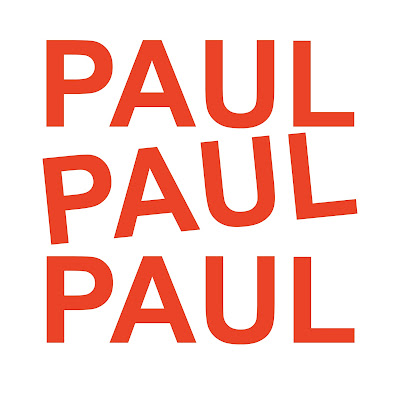BINDER QUINTET WITH JOHN TCHICAI (KRÉM, 1982)

heres a serenely beautiful , bittersweet music that’s very much a central European folk inflected fusion with free jazz.
I know nothing of the Hungarian ‘binder quintet’ beyond this one lp ive owned for 20 years.
A unique gem ,that’s worn very well and is unlikely to ever be reissued on cd.
There is no date at all on the lp, late seventies early eighties seems very likely.
This was put out on KREM the recording label of the state controlled Hungarian national radio broadcaster.
Enjoy
>The text above is by sotise which posted this gem almost at the beginning of this blog ( 9th November, 2007!). And here I discovered the music for the first time in 2009 or so...
Just recently I listened to it and was again delighted.
So here's a re-up for all who haden't the chance the first time around.<
Personnel is
BINDER QUINTET
Mihaly Dresch, tenor saxophone , harmonica
Károly Friedrich, trombone, harmonica
Károly Binder, piano
Róbert Benkö, contrabass
István Baló, drums
with
John Tchicai, alto saxophone
1. Vasvirág (Iron Flower) 20:59
2. Sirató (Dirge) 6:48
3. Közép-európai Zajongások (Central-European Hubbub) 15:48
Composed by Mihály Dresch
Recorded at Hungarian radio studio, Budapest, July 29, 1982.
Binder Music Manufactory BMM 9606 (CD)
Originally released on LP in 1983 - Krém SLPX 17759
I know nothing of the Hungarian ‘binder quintet’ beyond this one lp ive owned for 20 years.
A unique gem ,that’s worn very well and is unlikely to ever be reissued on cd.
There is no date at all on the lp, late seventies early eighties seems very likely.
This was put out on KREM the recording label of the state controlled Hungarian national radio broadcaster.
Enjoy
>The text above is by sotise which posted this gem almost at the beginning of this blog ( 9th November, 2007!). And here I discovered the music for the first time in 2009 or so...
Just recently I listened to it and was again delighted.
So here's a re-up for all who haden't the chance the first time around.<
Personnel is
BINDER QUINTET
Mihaly Dresch, tenor saxophone , harmonica
Károly Friedrich, trombone, harmonica
Károly Binder, piano
Róbert Benkö, contrabass
István Baló, drums
with
John Tchicai, alto saxophone
1. Vasvirág (Iron Flower) 20:59
2. Sirató (Dirge) 6:48
3. Közép-európai Zajongások (Central-European Hubbub) 15:48
Composed by Mihály Dresch
Recorded at Hungarian radio studio, Budapest, July 29, 1982.
Binder Music Manufactory BMM 9606 (CD)
Originally released on LP in 1983 - Krém SLPX 17759



















.jpg)













